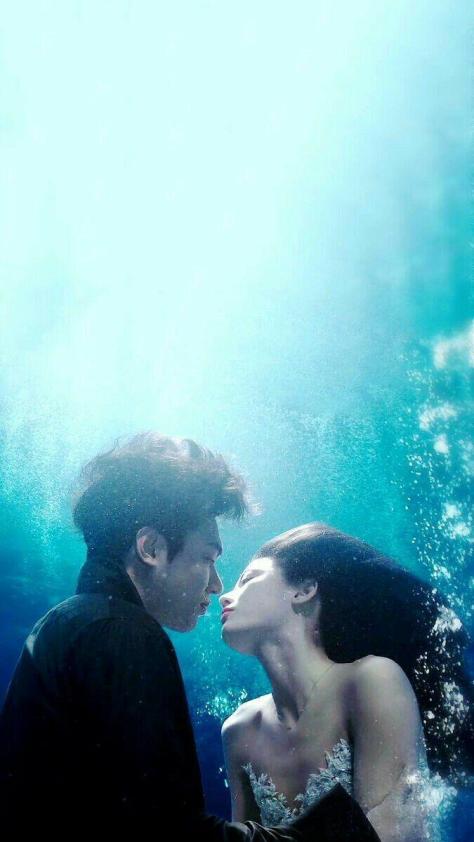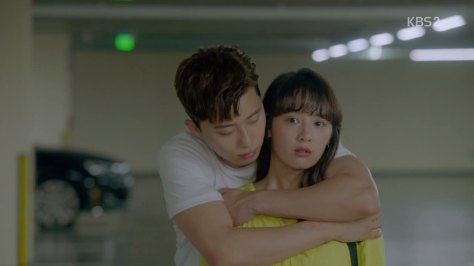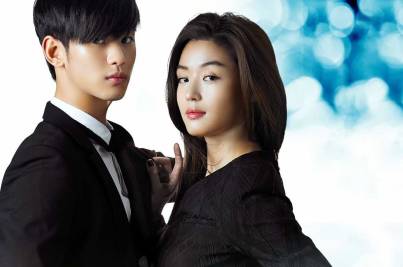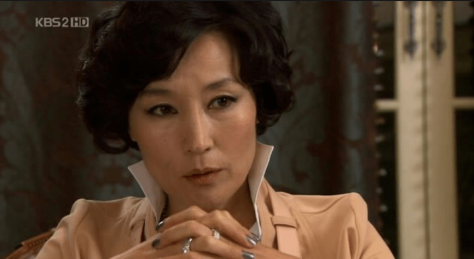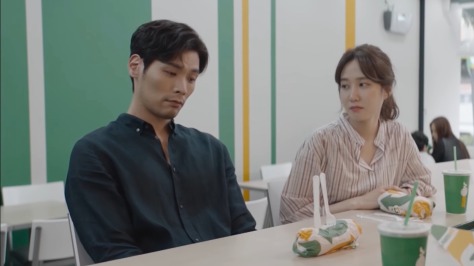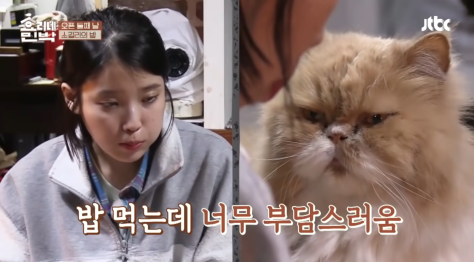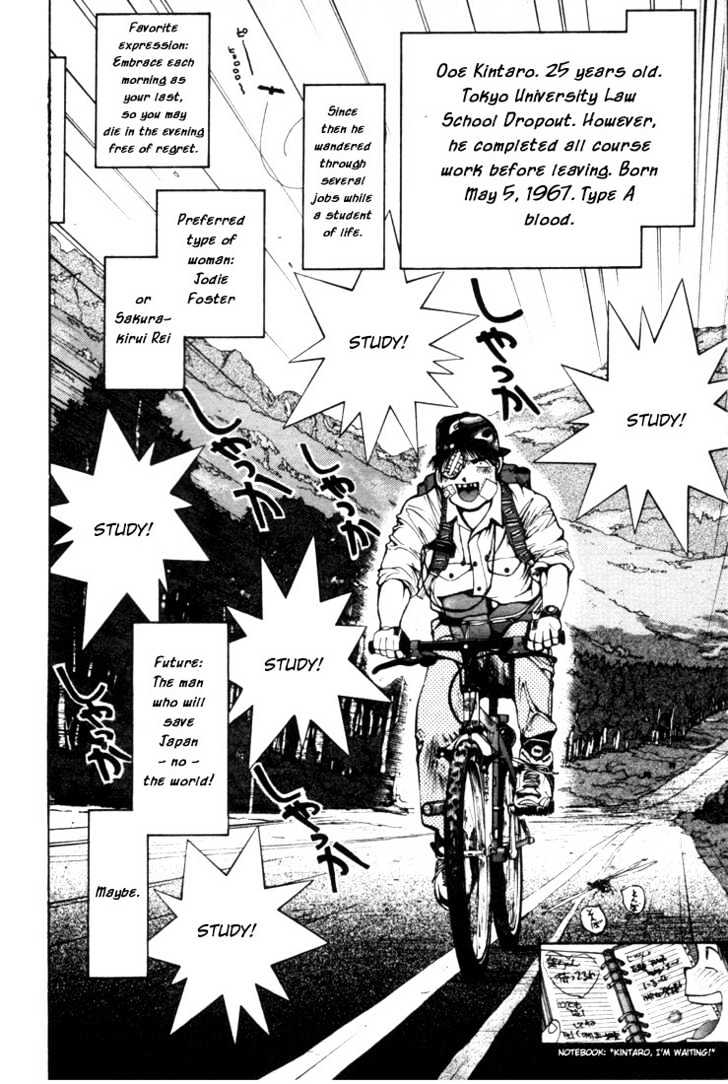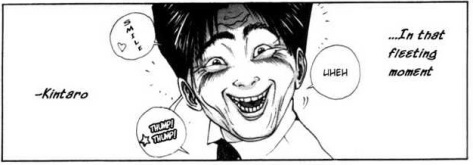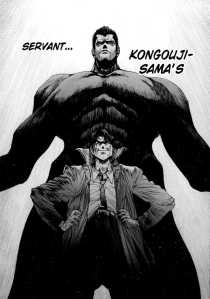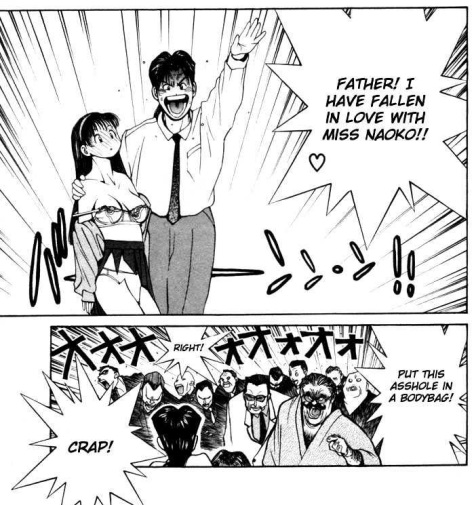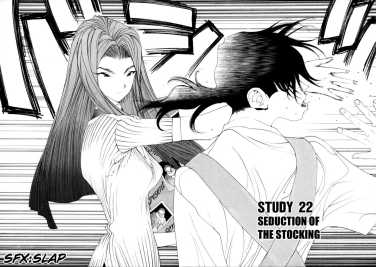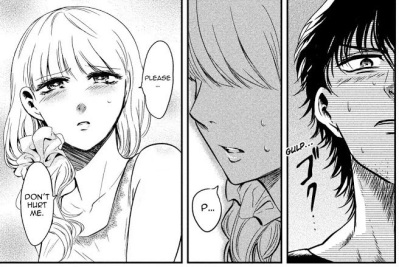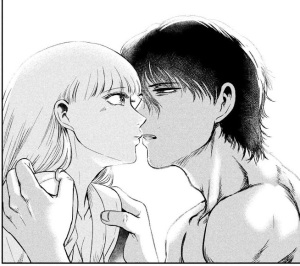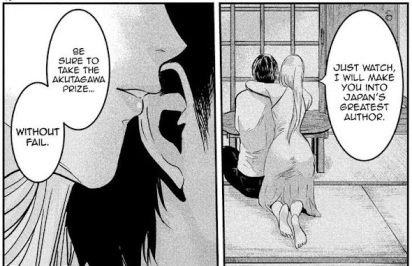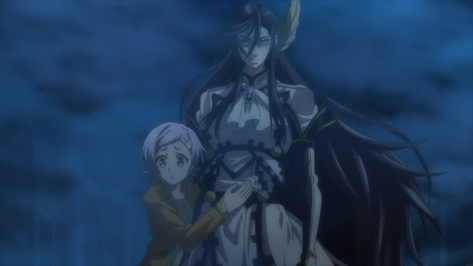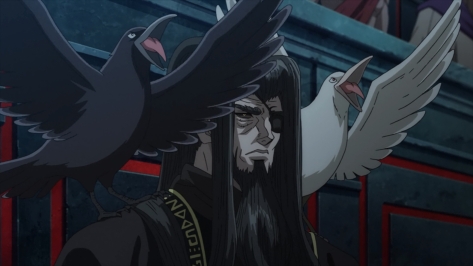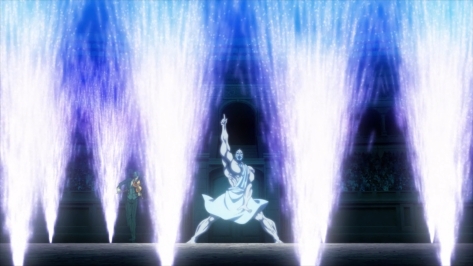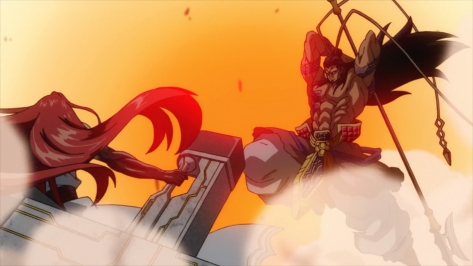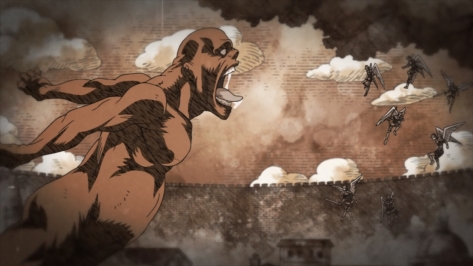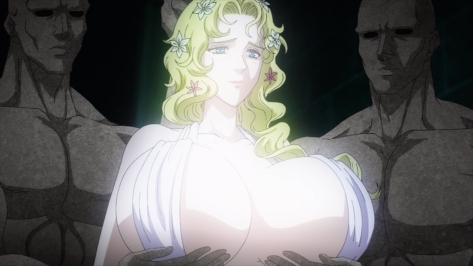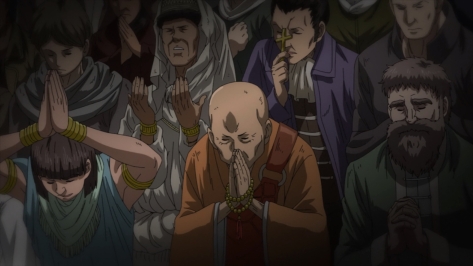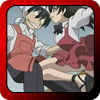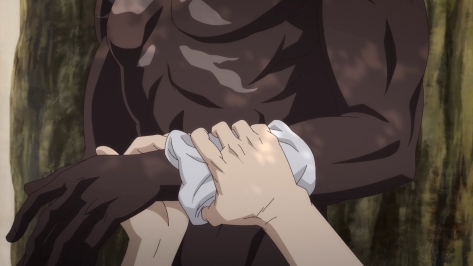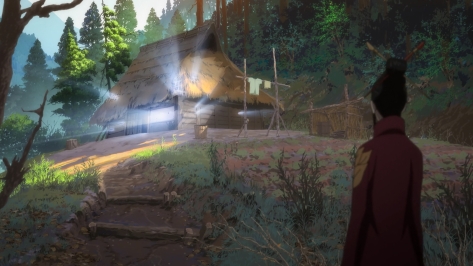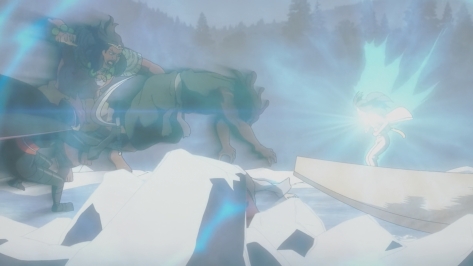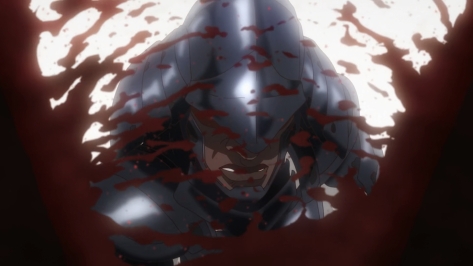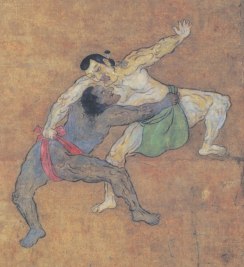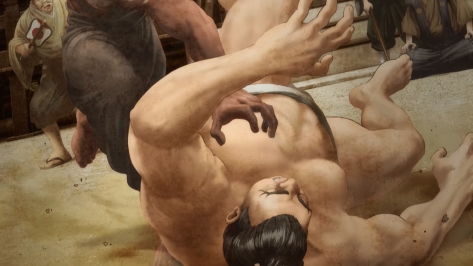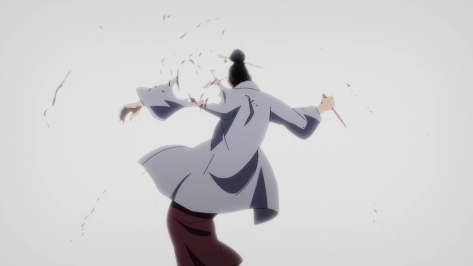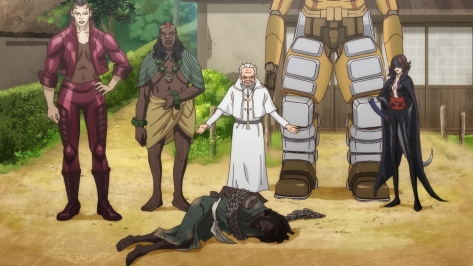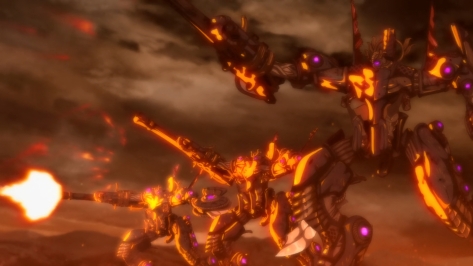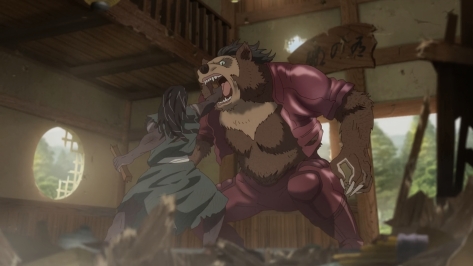I’ve been meaning to write this article for a while now and with the popularity of Squid Game, I guess I can’t put it off any longer. When I’m late to finishing an anime for review, it’s often due to a Korean drama (or K-drama), most commonly at 16 1-hour episodes per series (some series will do 32 half-hour episodes). I particularly want to talk about this ever-growing genre for anime fans, as I feel there is crossover appeal. You would be surprised by how many K-dramas are adaptations of manhwa/webtoons or manga.
Before I get into my recommendations on which series you should begin with when diving into the world of kimchi slaps, let’s go over some of the tropes and the prevailing themes. Anime fans of all people should know how weird a genre could be to outsiders in the face of very peculiar tropes. How do you explain nosebleeds to any sane person?
When one says anime, 9 out of 10 out people will think of a shounen action series, whether standard battle anime or an isekai. For K-dramas, the most common genre is the romantic comedy. Now, this isn’t like the vapid Hollywood romantic comedy. A Korean rom-com will often involve a supernatural element. For example, My Love from the Star features a romance between a spoilt celebrity actress and an immortal alien stuck on Earth waiting for the next ride home. Legend of the Blue Sea is a romance about a conman and a mermaid, with a dash of reincarnation thrown in. Ah yes, reincarnation is a strong theme in K-dramas. Just as a shounen protagonist is secretly related to one of the most important people in the world, a K-drama couple will have an air of reincarnation, a whiff of ancient memories, and a past so dramatic that you could spin another series out of it.
Reincarnation brings us neatly to the second most popular genre: the historical drama. Sudden quiz: in which period do most historical anime take place? That’s right, the Edo period. The time of the Nobunaga, Tokugawa, and the bloody samurai wars. For Korea, we have the Joseon period. If you have ever seen a picture of a Korean in historical dress, it is almost certainly from this period. Within this genre, one can find myriad sub-genres. Unlike most Edo series, which are about samurai wars (understandable), Joseon series range from war stories to political dramas to slice of life. Sungkyunkwan Scandal follows a girl who disguises herself as a boy to study with the high class boys. You can see where that story is going. Because of this variety, you can pick a style you prefer – modern, historical, supernatural, etc. – and enjoy a vast library of dramas from different subgenres.
I should note here that the term “drama” often means “Korean drama series” and not a dramatic story. Everything is a “drama.”
If you prefer something more “normal,” there are plenty of contemporary romances and dramas without any supernatural element whatsoever. One can also delve into profession specific series such as detective mysteries, law procedurals, and medical dramas – although, the medical accuracy leaves something to be desired. Regardless of the genre, there is usually a strong romance element. In fact, you don’t even need to specify “romance” in the genre line. Romance is assumed.
Thankfully, romances is K-dramas are a ton of fun. I love them. Call it cheesy, call it old fashioned, doesn’t matter – it’s good fun. Most K-dramas have a wholesome quality to them, which I would wager is their biggest appeal. Mind you, there are plenty as serious and dramatic as you would find anywhere in the world – often in the form of a dynastic historical epic such as the 62-episode The Great Queen Seondeok – but the majority have an aim to please with happy endings and all the fuzzy feelings.
Common tropes you’ll see in romances are the “back hug” – hugging someone from the back in surprise, followed by circular dolly shot in slow motion with repeat cuts – the upgraded back hug in the form of a piggyback, the dramatic kiss (the champion of repeat cuts), and confessing to someone, only to realise they have passed out drunk. That brings me to another point. Where anime is largely for a teenaged audience, K-dramas (and Chinese, Japanese, etc.) are for adults. Instead of a high school romance, it’s in university. Instead of a part-time job anime, it’s an office setting. As such, and due to the prevalence of it in Korean culture, there is a fair bit of drinking alcohol. However, unless its drama drama, they keep it light-hearted and for comedic effect.
Two tropes very much in common with anime are the childhood friend and the love triangle. K-dramas throw an extra twist into the mix by usually making the childhood friend a secret. One party will not realise that this person they see every day is from their past. Sometimes it is even the core of the premise, as seen in She Was Pretty, where a rich and cute kid grows up into a poor and “ugly” woman, while her fat friend grew into a successful and handsome man. He doesn’t recognise her, fooled by the pretty substitute sent in her place.
The childhood friend tends to be in the non-supernatural romances with a love triangle (equally likely to be two guys after one woman or two women after one guy). The supernatural romance, on the other hand, will have two opposites interested in the same person (usually two guys after one woman here), one good and one evil – or rather, one anti-hero with an eventual good heart inside because everyone loves a bad boy. If the supernatural guy is meant to be isolated (exile, for example) then the other guy will be an ordinary human for contrast yet not stand a chance in this relationship. Don’t be surprised if the supernatural guy starts the story by wanting to kill the woman either. Of course, he will save her in an impossible manner later.
I want pause here to touch on one of the recurring negatives in K-dramas. There are negatives, like every medium, more of which I’ll get to later. For now, I refer to the stoic love interest. I don’t know why, but some drama writers equate having no personality to being cool. Far too often for my liking, the male love interest will be as bland as a grey concrete wall with nothing to attract someone apart from his looks (of course, he’s too cool for his looks as well). Meanwhile, the female protagonist will be an excellent character full of life and personality. They’re trying to go for “opposites attract” but the opposite of lively isn’t boring. My Love from the Star, a favourite of mine, sadly has this one weakness.
Friends or enemies to lovers is a common romantic scenario, one that I particularly enjoy. Rich meets poor is common too, often with the poor character on a scholarship to attend the same institute as the rich love interest, or the poor one works for the rich one’s company. For some reason, the poor person will often have a rooftop flat. Class divide and wealth inequality between the “chaebols” (families that run the largest conglomerates in Korea) and everyone else is a prevalent theme.
With rich families come strict parents. Rarely does one see a K-drama without a strict parent or two. The richer the love interest, the stricter and nastier the parent. And boy can they get nasty! It’s usually the mother because she makes for a more entertaining character. She will get catty, gossip about their child’s love interest, throw in a bitch slap or two, and outright break the law to no consequence (see chaebols). They have some great actresses to play these villainous mothers. Like Umbridge, you loathe them yet wouldn’t have it any other way. When it’s the father, he’s strict in the business sense, which isn’t as fun.
For the not so fun, let’s talk about common negatives of K-dramas. To me, the drawn out middle acts are the reason most likely to make me drop a show. In your standard story, act one has all the setup, the excitement of characters meets, stakes establishing, threads beginning, and so on. This takes about 25% of the run time or 4 out of 16 episodes. The third act – episodes 13 to 16 – have all the pay offs and a heightened pace as everything comes to a head. Those middle eight episodes, however, and at an hour each, are where a series is likely to lose me. In the boring series, I always get the feeling that the series has 16 episodes because that’s what the TV station mandates, not because the story is that long, and so they have to drag it out in the middle. For a rom-com, this means the couple almost getting together but then not by the end of each episode, interfered in increasingly convoluted ways.
On the flip side, one positive about K-dramas is the lack of sequels and endlessly running stories. You can start something and know that in a few months you will have the ending. No decade-long commitment needed. When you do see two seasons, they’re usually half-length each.
Also, when it is a good series, you power through so easily because K-dramas are master classes in end of episode cliffhangers. No matter the genre, when done well, you simply have to watch the next episode. Eight episodes later before you even realise it.
In the same vein as the wheel spinning of the middle act, writers use amnesia as a plot device to interrupt story progress all too often. Furthermore, the amnesia can occur from the slightest bump on the head and isn’t consistent at all. You know it’s going to magically get better in X number of episodes (X = how many episodes they need to stall) and proceedings will pick up from just before the amnesia. Rarely do they do this device well. These days, I tend to skip through until the amnesia is forgotten.
If the third act has an amnesia equivalent, it is the final episode tragedy. Maybe the love interest has to live overseas out of nowhere; perhaps someone dies; or maybe the villain rises from the dead one last time after the case is solved. Regardless, something will occur in the final episode with little to no setup for a bit of extra drama, only to resolve in the same episode before a happy ending. Honestly, you could cut this final incident out and you wouldn’t notice it was missing, narratively.
Then we have the product placement. No product is more synonymous with K-dramas than Subway – yes, the sandwich place. Rich or poor, everyone in Korea eats at Subway, or so K-dramas would have you believe. Romantic date? You bet Subway is an option. It’s a meme at this point. Humidifiers. Oh my god, the humidifiers. Whenever someone is hospitalised (naturally, they don’t look at all ill, for it wouldn’t look attractive), expect to find a humidifier on the bedside table. There is a fair bit of this in contemporary series and sometimes the product placement is particularly clunky. The worst case I can recall is The King: Eternal Monarch, where said king in a parallel Korea would pull out this LED therapy mask at the start of a scene, do nothing with it, and then put it away. Almost every episode. That series was atrocious with the sheer number of products front and centre in the camera.
Lastly, I have to mention a negative pet peeve of mine. I should warn you, this is really petty. I can’t stand the way they bite their spoons when eating rice. That clack of teeth on metal is worse than nails on a chalkboard. Add to that the tendency to talk with a mouth full of food. Makes me recoil every time. Eating a meal together is a favourite Korean past time and moment of bonding, so as you can imagine, biting spoons happens a lot.
Right, enough of my pettiness. I have briefly introduced the world of K-dramas. Time for some recommendations to get you started. You can likely find these on some streaming service or other depending on your location.
The perfect introduction for anime fans: W – Two Worlds
A woman finds herself inside her father’s famous webtoon, where she saves the protagonist’s life and changes the course of the story.
W was one of my first K-dramas and the first I binged. Featuring an intriguing plot, a fast pace, good characters, and a story you’d find in anime, this is easily my go-to recommendation for newcomers. The mechanics of the webtoon world are brilliant and make for such an interesting series. The villain too, which I won’t spoil, is a fantastic and creative threat.
For fans of the “sudden girlfriend appearance” romance: Legend of the Blue Sea
A wealthy conman stumbles upon a real mermaid, not that he suspects her of being anything more than a lost weirdo. This fun rom-com features my favourite lead actress, Jun Ji-hyun (also featured in My Love from the Star). The fish out of water humour from her is pure joy to me. Legend of the Blue Sea has many of the tropes I mentioned, such as reincarnation, seen in full effect here. Also starring is Lee Min-ho, the highest paid actor in K-dramas (not sure if still the case). He’s had mixed receptions from me. I first saw him in Boys Over Flowers (based on the shoujo manga of the same name) and his performance was atrocious, though the series in general sucked. Much better in Legend of the Blue Sea.
For the better live action adaptation: Naeil’s Cantabile
A musical perfectionist of prodigious talent comes face to face with an anarchist of music, a woman of talent, sure, but no sense of structure, following the rules, or doing anything according to how music meant to be played! Where were we?
Sound familiar? This is the Korean live action adaptation of the manga Nodame Cantabile, which made for an anime I love starring one of the best anime couples of all time. Naeil’s Cantabile is how you should adapt manga to live action. It doesn’t try to be a manga or anime in real life. That never works, as demonstrated perfectly by the inferior Japanese live action adaptation of this same manga. Naeil’s Cantabile changes details to fit Korean culture and real life, yet maintains that same dynamic between the characters and that same fun tone. This is better than any scene-for-scene adaptation could hope to achieve.
For a true opposites attract series: Crash Landing on You
A workaholic woman and CEO of a large company gets carried away by the wind while paragliding and crash lands over the border in North Korea, where a high ranking officer finds her. Hiding out in his village, all manner of culture shock and comedy hijinks occur in this rom-com. I would say this has the best K-drama couple, in all likelihood.
The scenario sounds crazy, but they execute it well and there is a serious edge to it regarding the North and South conflict. Love Crash Landing on You!
For fans of Kaiji: Squid Game
A gambling addict enters a contest of life or death with hundreds of other addicts to win the money need to pay off his debts. While not as good as Kaiji, the currently popular Squid Game is an easy recommendation if you want something on the more brutal side. Feel good this isn’t.
For slice of life fans: Hyori’s Bed & Breakfast
Now, I’m cheating a little here since this isn’t a K-drama. Hyori’s Bed & Breakfast (a.k.a. Hyori’s Homestay) is about Hyori, a real celebrity, and her husband who invite strangers from the public to stay with them at their home on Jeju Island, a paradise holiday destination for Koreans and foreigners alike. They don’t know who will visit – the producers screen applications – but they need to be ordinary people with a bit of conversation to share. This couple just wants to meet people. This isn’t a minor celebrity either. Hyori is a massive star of screen and music. Not only that, but they “hire” an assistant to help with the guests and that assistant will be another celebrity you could never imagine doing housework. Hyori’s Bed & Breakfast is the slice of life show that all slice of life shows strive to be, whether real or fictional.
Now, you’re probably imagining something trashy like Big Brother or Real Housewives. This is the polar opposite. For as trashy as those shows are, Hyori’s Bed & Breakfast is wholesome, honest, and kind hearted.
My favourite aspect is the pets. The cats and dogs are so adorable – eight of them! The best of them all is Mimi, who lives on the dining table. She will sit there and stare at you eating all day if needed.
If you ever need to watch something to feel better, Hyori’s Bed & Breakfast is the ultimate pick-me-up.
There are plenty more great series to watch but these are a good place to start. Enjoy!
(Don’t tell anyone but this article was late because I was watching Squid Game.)

